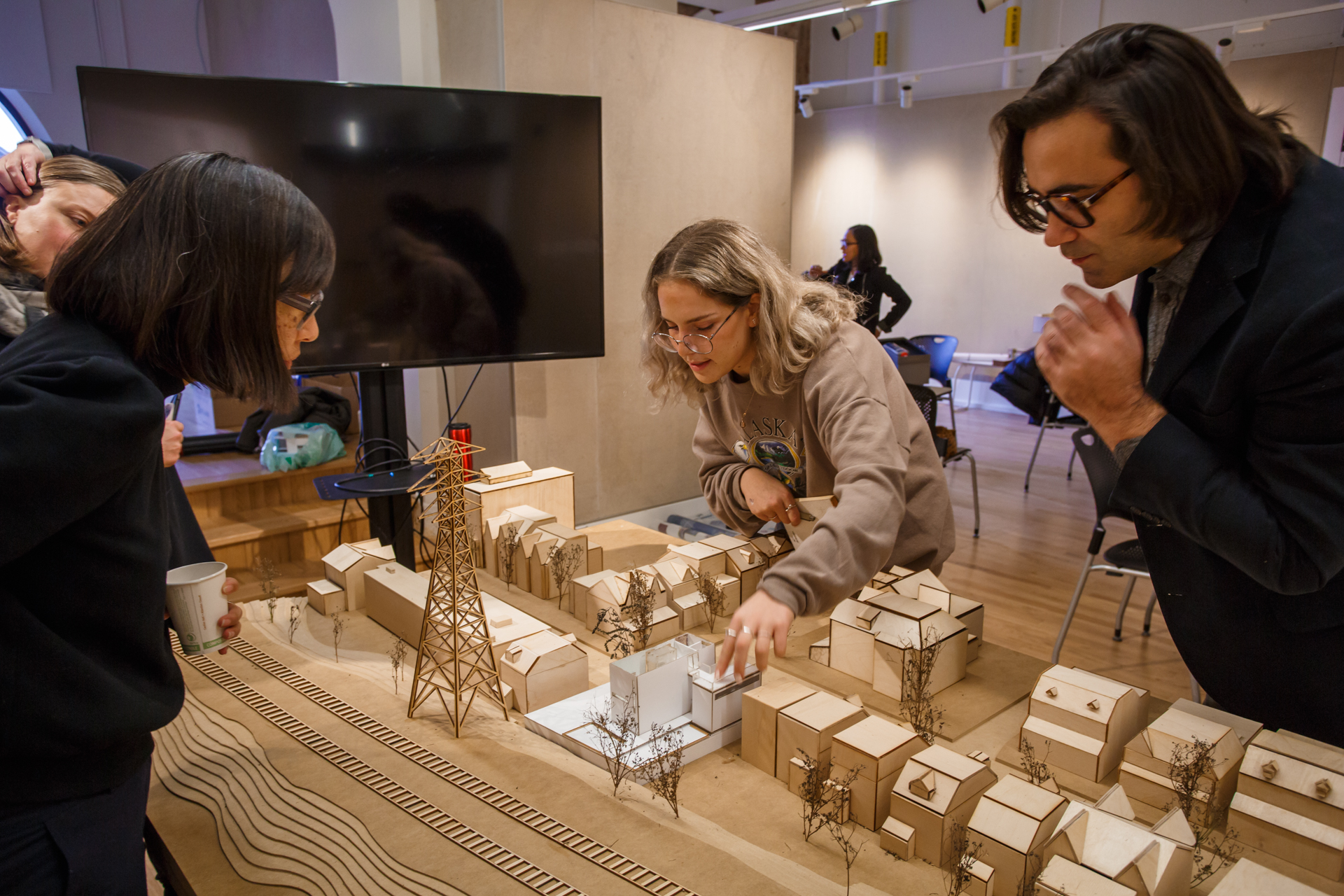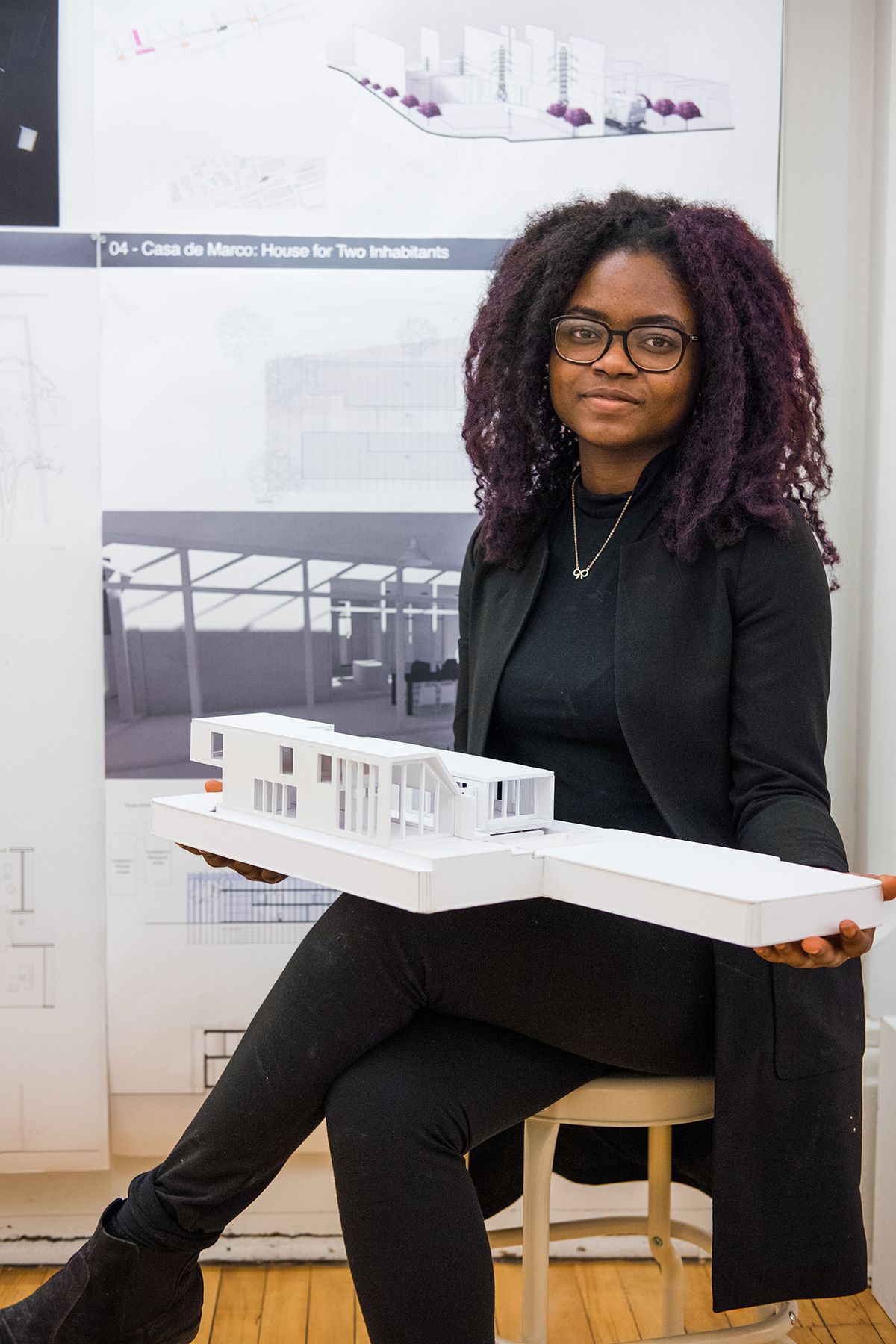Bachelor of Arts, Architectural Studies
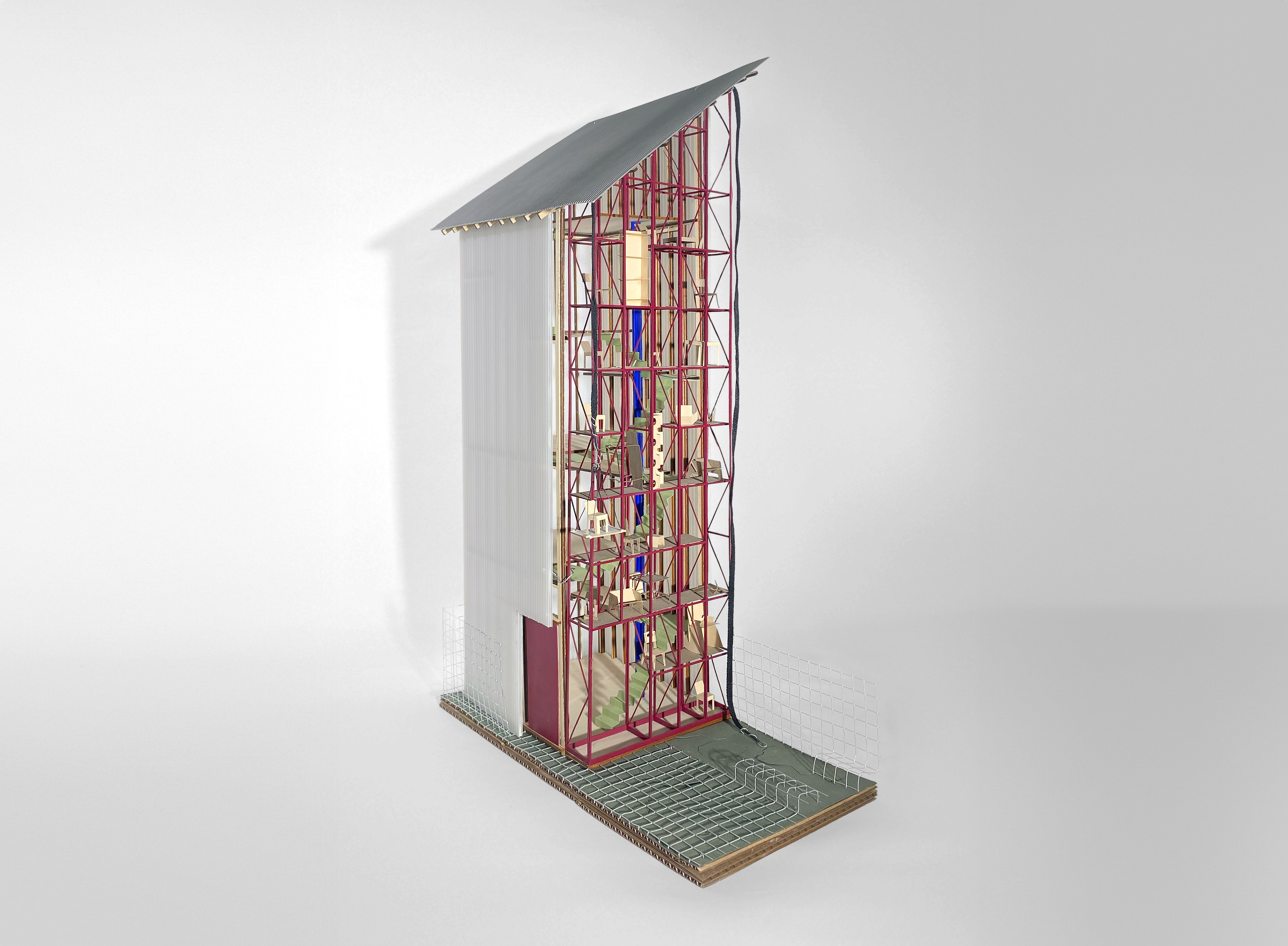
Description
The Honours Bachelor of Arts in Architectural Studies (BAAS) program at the Daniels Faculty uses architecture as an unparalleled lens through which students pursue a liberal arts education at the University of Toronto.
Architecture is both a profession and a discipline of study, relating to a broad spectrum of career opportunities. As a profession, it plays a pivotal role in the production of the built environment—bridging the technical and social, the practical and theoretical. It is a cultural and artistic practice critically engaged with the forces of urbanization and technological change, the challenges of environmental sustainability, and the struggle for cultural expression. It involves the design, production, and organization of material culture from the scale of domestic objects to metropolitan regions.
At the Daniels Faculty, we are committed to establishing design thinking as an important complement to the humanities and science focus at the University of Toronto. As such, studies in architecture interact with numerous related disciplines in the social sciences and humanities, as well as engineering, technology, and media.
The Architectural Studies program aims to produce a cohort of graduates with visual literacy and critical skills that will prepare them to pursue professional graduate programs in architecture, landscape architecture, planning, and urban design, as well as for multiple career paths in related design disciplines, the arts, history, business, journalism, public policy, and other cultural enterprises emerging from our changing societal context.
Specialist Streams
The Architectural Studies program begins with an introduction to the fundamentals of the field through design, history, and technology/computation. This foundation helps students understand the variety of graphic, writing, and calculation-based practices within architecture. Students complete two years of core courses in design, history, and technology of architecture, landscape architecture, and urbanism.
Following the first two years of study, students have the option to pursue one of three specialist streams: Design, History and Theory, or Technology. In these streams, the two-year core is built upon through increasingly complex design problems and more advanced topics.
Students may also elect to follow more than one pathway in their course of study with a Comprehensive specialist stream: allowing more flexibility to customize their degrees for simultaneous majors or minors in other areas at the University of Toronto.
Design
The Design of Architecture, Landscape, and Urbanism specialist stream is ideal for students who choose to focus their studies on the technics and methods associated with design and design-based processes.
Graduates of this stream are prepared for future careers in design, as well as in other creative media and building-based industries, or can pursue graduate degrees in a range of disciplines, including architecture, landscape, and planning.
The primary goal of this stream is to familiarize students with the fundamental techniques of the design process, building on the Daniels Faculty’s ethos of thinking urbanistically across all the scales and material dimensions of design practice. The curriculum consists of two introductory courses and two intermediate elective studio courses in architecture, landscape architecture, and urbanism, complemented by required and elective non-studio courses in the areas of design, history, theory, and technology.
History and Theory
The History and Theory of Architecture, Landscape, and Urbanism specialist stream, oriented toward the humanities, is ideal for students who choose to focus their studies on reading, writing, and researching in the area of history and theory.
Graduates of this stream are prepared for future careers in architecture and design, as well as in criticism, media, and curatorship, or can pursue graduate degrees in a range of disciplines, including architecture, landscape, and planning.
Students are encouraged to formulate critical strategies to understand the social, cultural, and political contexts of the built environment. In the final two years of their study, students focus more intently on courses that directly relate to the history and theory of architecture, landscape, or urbanism.
Technology
The Technology of Architecture, Landscape, and Urbanism specialist stream, oriented toward applied technology, is ideal for students who choose to focus on new technologies related to the design and design-engineering disciplines. This stream is designed to acquaint students with quantitative techniques and computational thinking, in ways that will allow them to creatively adapt some of these strategies to design.
Graduates of the stream can pursue careers in design as well as in a broad range of disciplines and industries that are being transformed by new digital and design-engineering technologies, or pursue graduate degrees in a range of disciplines, including architecture, landscape, and planning.
The program encourages an approach which spans the disciplines of computational geometry, parametric modelling, computer graphics, architecture, fabrication, structural engineering, and environmental design. Upper-level courses in the Technology stream will be studio- and or workshop-based with an emphasis on coding and prototyping, robotics and artificial intelligence, with advanced elective offerings in the technologies of architecture, landscape, and urbanism.
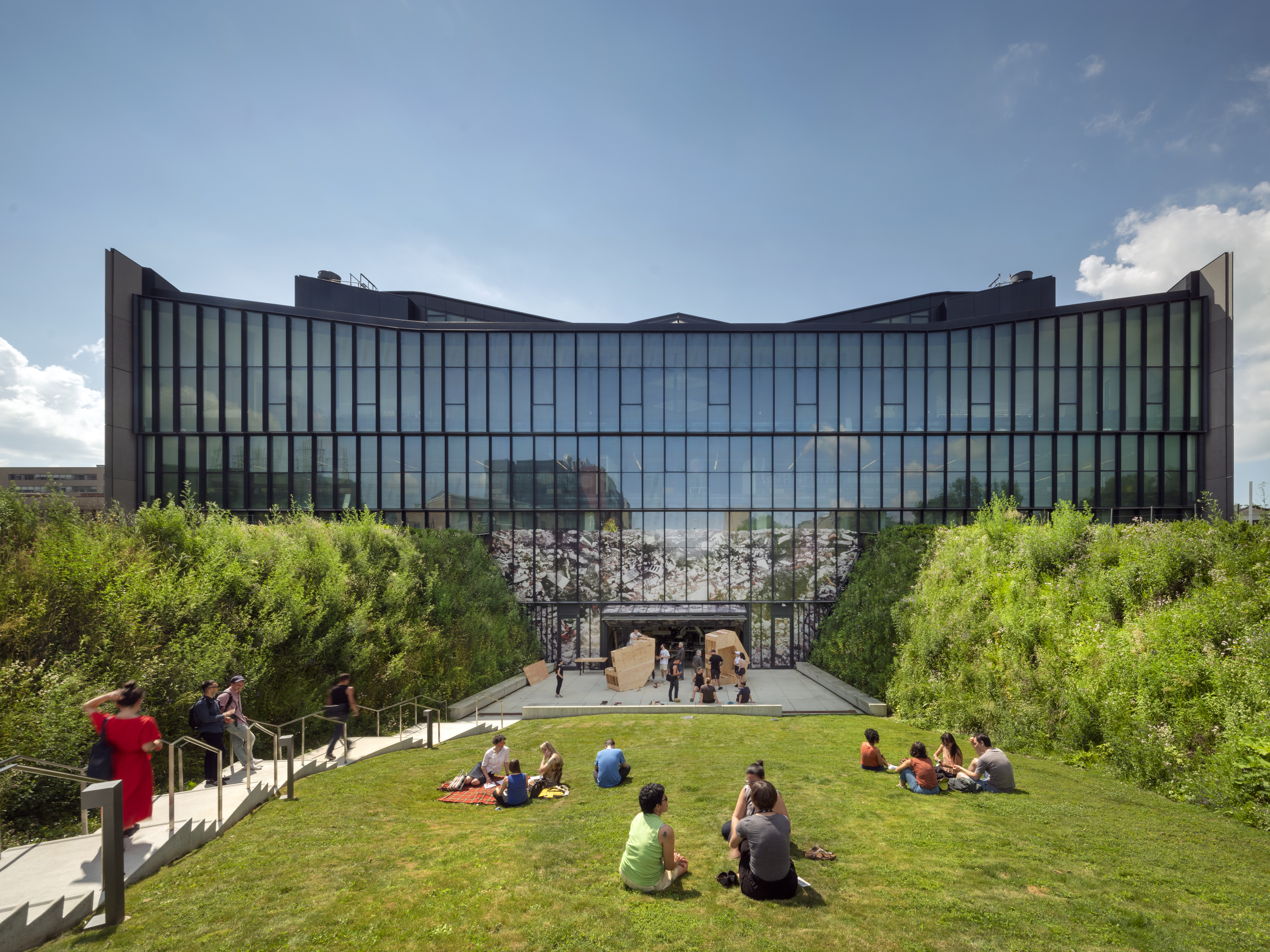
First Year Courses
While the disciplines of architecture and art are understood to be distinct, we take advantage of the symbiotic relationship between them by offering a series of first year courses that students in both the Architectural Studies and Visual Studies programs at the Daniels Faculty are encouraged to take.
The series includes two lecture courses in the history of architecture, landscape architecture, and urban design; an introductory architecture studio about the design process; a workshop-based course on artistic production (Visual Strategies); and a lecture course on contemporary art practice and critical discourse.
"Critical Perspectives (Ways of Looking)" is a co-curricular initiative offering a number of resources and events—a reading list, video interviews, and summer writing workshops—to incoming students.
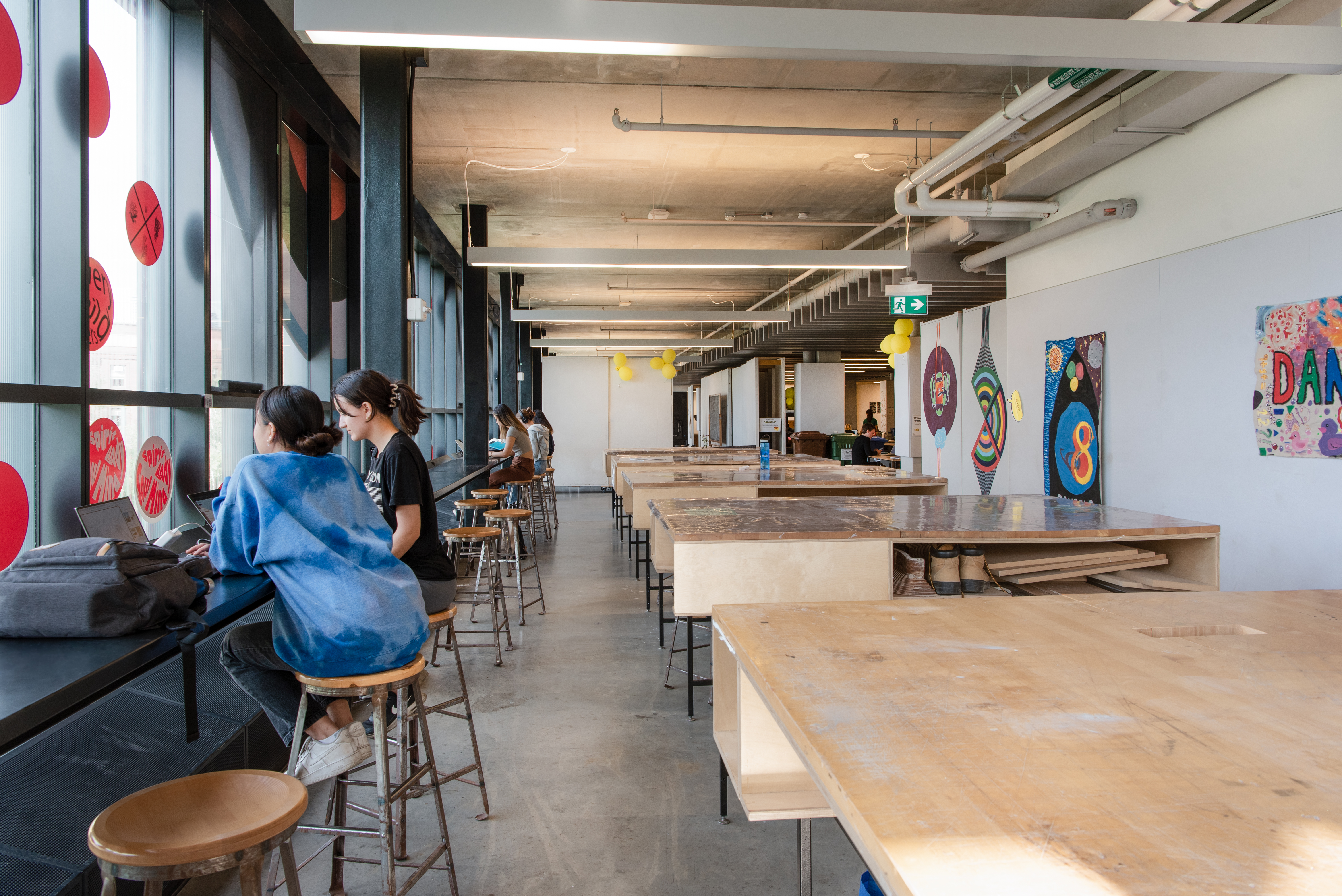
Experiential Learning
At the University of Toronto, experiential learning informs the design and delivery of a breadth of learning opportunities for our students. In the summer, students have the opportunity to take their studies outside the classroom with global studios abroad, participate in hands-on design build courses, or gain real-world experience through our unique Design Research Internship Program.
Studio Abroad
Studio Abroad expands students' horizons and contextualizes their studies in a new global environment. Recent immersive global courses at the Daniels Faculty have investigated Athens as a living laboratory, explored Berlin’s urbanity through film, and focused on sustainable community transformation in Ghana.
Design Build
Design Build offers students an intensive hands-on approach to course material. Led by their instructors, students in recent design build courses have designed and built infrastructure projects at the Haliburton Forest Bone Lake Research Camp, a suite of modular furniture for The Bentway—a public space under Toronto’s Gardiner Expressway, and transformed a shopping mall parking lot into a welcoming public space.
Design Research Internship Program
The Design Research Internship Program (DRIP) offers upper-year undergraduate students the unique opportunity to focused work within a leading Toronto design practice. Key to the DRIP model is the definition of design research projects by host firms in advance of the summer internship, as well as a weekly seminar that presents models of design research and allows interns to position their work in a larger disciplinary context.
Academic Calendar
For more information about the structure of this program, please refer to our current students' Academic Calendar.

Admissions
For information on admissions, how to apply, and Fall Campus Day, please visit the Admissions section of our website.
Banner image: "Kensington Tower" by May Sato Bouziri.





